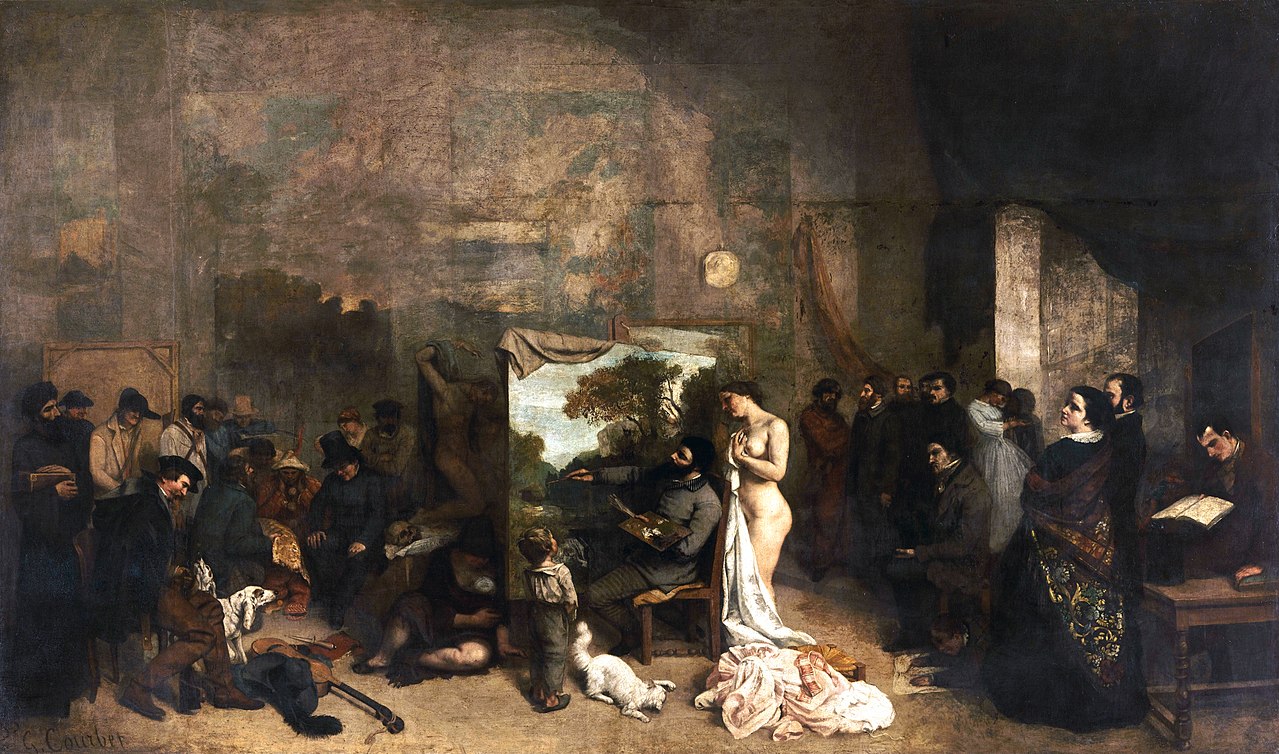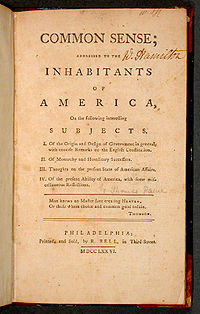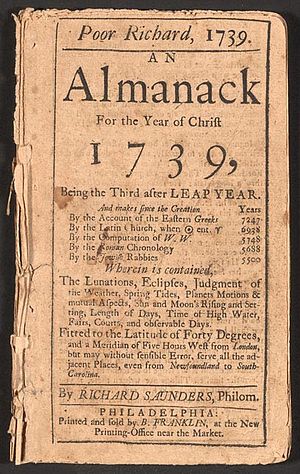In my last post, I posted a picture of cave wall paintings by neanderthals, who at the time were living in Spain. Now, what is interesting about this picture is what was on the walls. Not so much the image, but the material used to produce that image. This was one of the first usages of what became later known as paint, which is the main focus of this video. What was seen in this video was the history of paint, how it was used, who used, and more importantly how it was made and is continued to be made today.
The fact that I found most interesting in this video was one of the ways in which paint can be a benefit. What I am specifically referring to is its role in electronics circulating in space, for example satellites. Paint is known to be a vital factor in extending the life span of space products. This is due to the fact that before its application to the electronic device, the paint is equivalently zapped with UV radiation to that in space, this controls the temperature of the satellite. Paint needs to be semi conductive to control the static charge in the satellite. With all the activity produced by the satellite, the paint controls the static build up because if it didn't the static would be self-destructive to the electronics.
What I saw in the video that peaked my interest was the different processes paint goes through to be made. The only time I ever really thought about paint was the type of color I should buy for the project I was working on, not so much the thought and machinery used to create that specific color. I also enjoyed seeing the different stages in time of how paint was used. For example, with the earliest make the automobile, the cars were painted by one man with a brush in hand with a type of paint that took weeks to dry. Whereas, now cars are dipped into an electrocoat-which is where the car is dipped into a pool of primer with a negative charge and a positive charge in which the particles float onto the car's surface and stick- baked, and then spray painted with the chosen color and clear coat and dries in a short time span. I found this interesting because it shows the technological advances that were discovered in order to be more proficient in something that requires meticulous and efficient work.

This is what the electrocoating pool of primer looks like
My understanding of painting was changed a bit after watching this video. I always knew there were different kinds of paint and types of paintings, but I never really thought about the struggles painters went through in the beginning with only being subjected to a certain amount of colors and the processes they needed to complete in order to get a certain color. But little by little advances were made, despite the minimal resources, with the creations of different types of paintings such as impressionism and oil paintings, as well as the scientific discoveries in the resources used to make paint and types of paint that allowed for these advances in paintings, as well as everything else they were used on. For example, when it came to latex paint, John Kordosh (Product Development Manager, Homax Products) stated: "I think the invention of latex paint was the single most important breakthrough in the history of paint."
 An interesting fact about Seurat's painting was how long it took. Although it was an Impression, this painting took 2-4 years to be completed. In the painting there are 48 people, 8 boats, 3 dogs, and a monkey. Now what makes it so interesting is, because its an impression, where did Seurat get the idea to paint his exaggerated reality? By painting this through dots of colors, Seurat creates the most confusing, yet incredible painting during the Impressionism era.
An interesting fact about Seurat's painting was how long it took. Although it was an Impression, this painting took 2-4 years to be completed. In the painting there are 48 people, 8 boats, 3 dogs, and a monkey. Now what makes it so interesting is, because its an impression, where did Seurat get the idea to paint his exaggerated reality? By painting this through dots of colors, Seurat creates the most confusing, yet incredible painting during the Impressionism era. 





